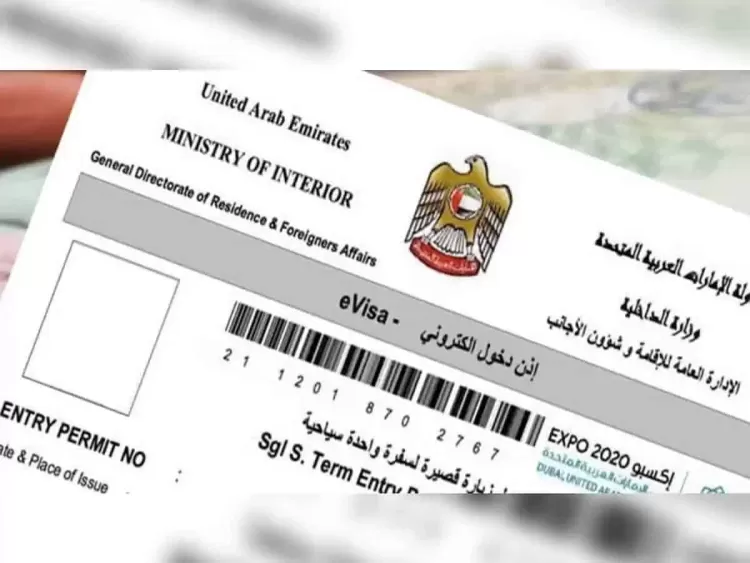Digital afterlife: The possibilities and problems of living on after death

Join our WhatsApp Community to receive travel deals, free stays, and special offers!
- Join Now -
Join our WhatsApp Community to receive travel deals, free stays, and special offers!
- Join Now -

Imagine attending a funeral where the person who has died speaks directly to you, answering your questions and sharing memories. This happened at the funeral of Marina Smith, a Holocaust educator who died in 2022.
Thanks to an AI technology company called StoryFile, Smith seemed to interact naturally with her family and friends.
The system used prerecorded answers combined with artificial intelligence to create a realistic, interactive experience. This wasn’t just a video; it was something closer to a real conversation, giving people a new way to feel connected to a loved one after they’re gone.
Virtual life after death
Technology has already begun to change how people think about life after death. Several technology companies are helping people manage their digital lives after they’re gone. For example, Apple, Google and Meta offer tools to allow someone you trust to access your online accounts when you die.
Microsoft has patented a system that can take someone’s digital data – such as texts, emails and social media posts – and use it to create a chatbot. This chatbot can respond in ways that sound like the original person.
In South Korea, a group of media companies took this idea even further. A documentary called Meeting You showed a mother reunited with her daughter through virtual reality. Using advanced digital imaging and voice technology,...
What's Your Reaction?
 Like
0
Like
0
 Dislike
0
Dislike
0
 Love
0
Love
0
 Funny
0
Funny
0
 Angry
0
Angry
0
 Sad
0
Sad
0
 Wow
0
Wow
0



















































